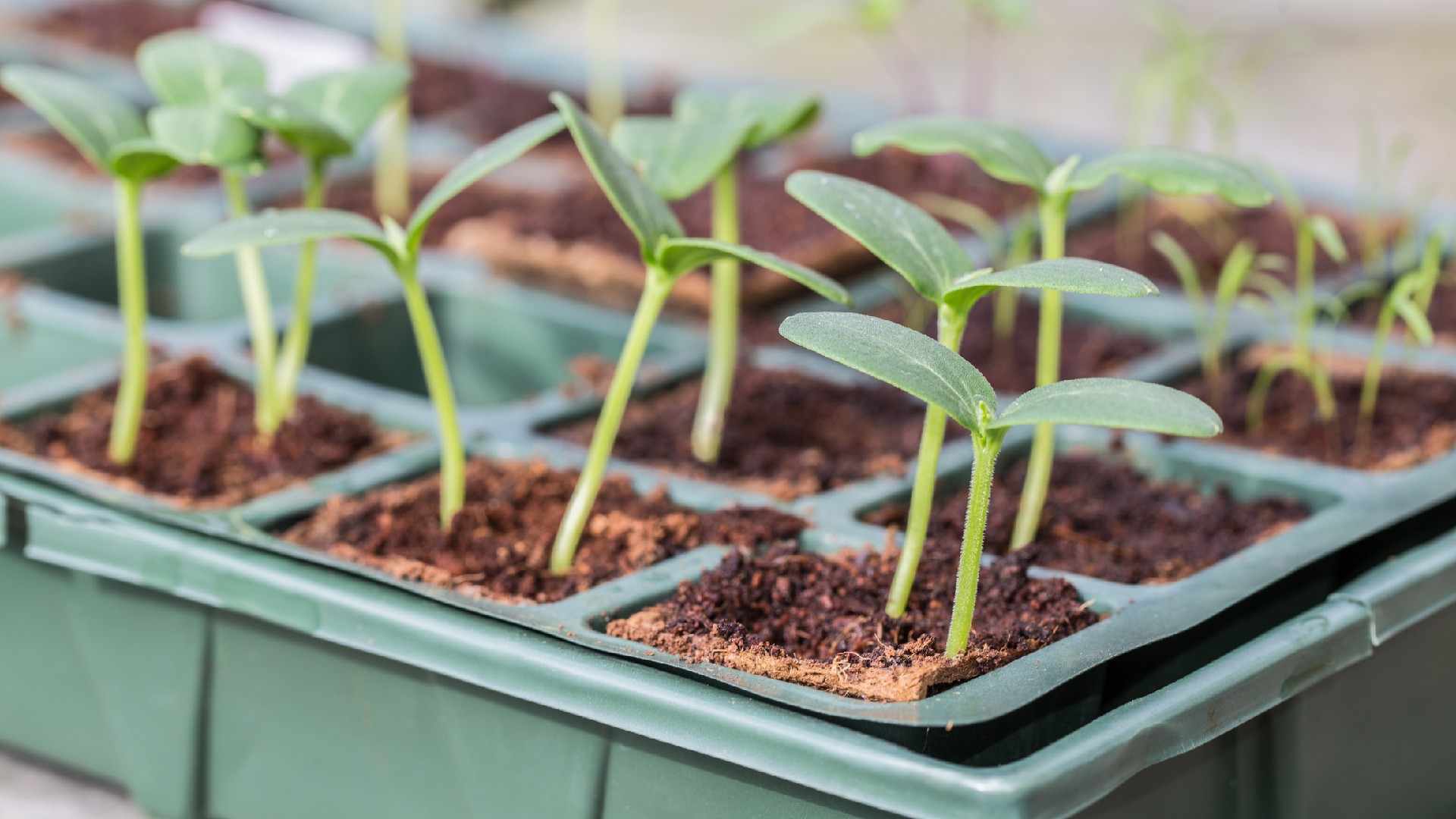![Rectangle]()
Unearthing the Role of Rooting Hormones in Plant Propagation
Plant propagation is an essential skill for any avid gardener or plant enthusiast. It involves creating new plants from existing ones, whether through seeds, cuttings, or other methods. One effective tool in plant propagation is the use of rooting hormones, which can greatly enhance the success rates of rooting and overall plant growth.
Rooting hormones are substances that stimulate root growth and development in plants. They come in various forms, such as powders, gels, and liquids, and are typically applied to the base of cuttings or directly on plant tissues. These hormones work by providing the necessary chemical signals to the plant, encouraging the formation of roots and ensuring their healthy development.
One of the main benefits of using rooting hormones is their ability to expedite the root formation process. When a cutting is taken from a parent plant, it's essentially a detached part without any roots to absorb water or nutrients. Without a strong root system, the cutting may struggle to survive and establish itself as a new plant. However, by applying rooting hormones, gardeners can boost the chances of success by providing the necessary growth signals to the cutting.
There are different types of rooting hormones available in the market, each serving a specific purpose in plant propagation. The most common types include auxins, cytokinins, and gibberellins. Auxins, such as indole-3-butyric acid (IBA) and naphthaleneacetic acid (NAA), are particularly effective in stimulating root growth by promoting cell division. Cytokinins, on the other hand, play a crucial role in promoting shoot growth and overall plant development. Gibberellins help regulate various physiological processes in plants, including root growth, stem elongation, and seed germination.
To ensure the maximum effectiveness of rooting hormones, proper application is crucial. Before applying rooting hormones, it's important to prepare the cuttings properly. This involves making clean, diagonal cuts just below a leaf node and removing any excess leaves or flowers. Once the cuttings are prepared, they can be dipped into a rooting hormone solution or powder, ensuring that the base is well-coated. Excessive application should be avoided, as it can lead to detrimental effects on root development.
Another key aspect to consider when using rooting hormones is the choice of substrate for rooting. A well-draining mixture of peat moss, perlite, and vermiculite is often recommended for optimal root development. The substrate should be kept moist but not waterlogged, as excessive moisture can hinder root formation. Additionally, providing a humid environment by covering the cuttings with a plastic dome or using a misting system can further enhance rooting success rates.
In conclusion, rooting hormones play a crucial role in plant propagation by enhancing root growth and overall success rates. By understanding the science behind rooting hormones and applying them correctly, gardeners can increase their chances of successfully propagating plants. Remember to choose the right type of hormone, prepare the cuttings properly, and provide an ideal rooting environment. With these methods and knowledge, you'll be well-equipped to master the art of plant propagation and experience the joy of watching new plants thrive and grow.





